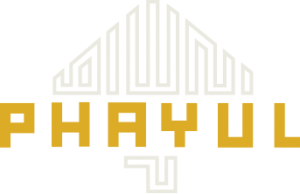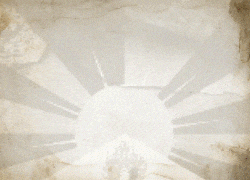By Alladi Jayasri
BANGALORE, MARCH 18 – The Tibetan Medical Centre at Mahalakshmi Layout in Bangalore draws more Indian patients than Tibetans, and it makes for an awesome reflection that at this centre, healing comes from the revelations of Buddha in his manifestation as the Bhaishajyaguru or master of remedies, propounded as Gyu-Shi — the four “tantras”.
Passang Lhamo Neshar was born in Bylakuppe and had her education there. She opted for a career in Tibetan medicine in 1982.
She studied at the Tibetan Medicine and Astrology Institute at the Dharamshala set up by the Dalai Lama to ensure that the priceless treasure of Tibetan medicine, quite a clone of Ayurveda, was not lost to Tibetans.
Today, it is as if Shangri-La, that mysterious Himalayan repository of the secret of eternal youth, has descended from the heavens to dispense the mantra of instant nirvana.
“Even today, most of the 1.3 lakh Tibetans living in India seek succour and healing from Tibetan medicine,” says Dr. Passang.
When they first came, the hot climate killed many Tibetans. Others died of lung diseases. But today, that is a nightmare that has passed.
Dr. Passang notes that older men and farmers in Tibetan settlements occasionally complain of arthritis or the odd indigestion. Women too are unusually free from the stress and ailments that dog their Indian sorority.
The four “tantras”, covering physiology, pathology, diagnosis, and cure, are texts in the form of a dialogue between the many manifestations of Bhaishajyaguru.
Four sections, 156 chapters, and 5,900 verses are what Dr. Passang mastered over five years.
“Of course, if a doctor does not have the ability to see, she is no use for anyone. Because of the importance of pulse reading in diagnosis, a doctor’s sensibilities are as importance as her expertise,” Dr. Passang says.
When a patient visits her, Dr. Passang will look for imbalances in the so-called humours — the phlegm, wind, and bile.
She then has to analyse various constituents of the body — blood, flesh, bones, waste, and impurities — in 25 divisions as per the tenets of the “Root Tantra”.
If Dr. Passang is in awesome veneration of the fact that she has received knowledge so ancient and eternal, it is because she knows that the original script is said to have been written on sheets of gold with ink made of “lapiz lazuli” and then placed in the custody of celestial nymphs.
Treatment is administered in strict adherence to the “tantras”.
“First, we see if changes in diet can help, and the behaviour of the patient. If nothing helps, medicine is prescribed. Herbs used in combination with minerals, gems, and semi-precious stones, and occasionally substances of animal extract are administered to the accompaniment of recitation of prayers and mantras invoking the Bhaishajyaguru,” she says
Dr. Passang is also aware of the fact that there are not too many doctors who can claim to be affiliated to a medical college built more than 300 years ago at Changpori near Lhasa where the priceless library and original paintings, and some ancient texts are housed.
Dr. Passang, and her husband, Dorjee Rapten Neshar, who is the chief medical officer at the centre, are proud to carry on the healing ways of Tibetan medicine far away from their country.
Each year over 25 practitioners graduate from the Dharamshala and start treating not only Tibetans but also Indians as the Neshar couple. Dr. Passang says that they use modern facilities such as laboratory diagnostics in the course of their work.
“There is cure in the Tibetan medicine for diseases such as hepatitis, thalassemia, and certain types of cancer. The “tantras” also mention an AIDS type of virus that spreads because of imbalances in the environment and internal energies,” she adds.









